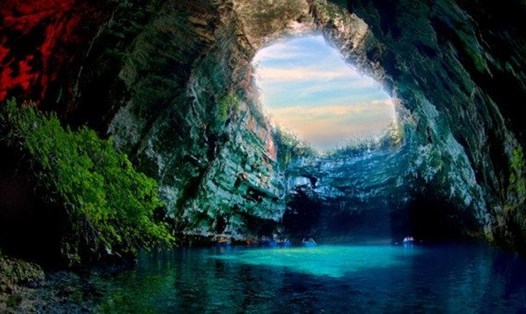Phong Nha-Kẻ Bàng National Park is one of the UNESCO World Heritage natural sites, famous for its spectacular cave system, pristine landscapes, and rich biodiversity. This national park is located in the border area between Quảng Bình and Quảng Trị provinces in Central Vietnam.
1. History and Establishment:
Origin and Formation: Phong Nha-Kẻ Bàng National Park was established in 2001, covering an area of approximately 85,754 hectares. However, this area was recognized as a World Natural Heritage Site by UNESCO in 2003 due to its unique geological and ecological value.
Importance of the Heritage: Phong Nha-Kẻ Bàng is one of the most important areas in Vietnam for both nature conservation and ecotourism. This area also serves as a habitat for various rare species of flora and fauna, especially wild animals.
2. Natural and Geographical Features:
Caves: Phong Nha-Kẻ Bàng is famous for its diverse and magnificent cave system, including the world’s largest caves such as Son Doong Cave, En Cave, and Thung Cave.
Son Doong Cave: This is the largest cave in the world, stretching over 5 kilometers, with a unique ecosystem and fascinating limestone formations. Inside, the cave contains tropical rainforests, a rare feature for caves worldwide.
Phong Nha Cave: This is one of the most beautiful and famous caves in the national park, known for its stunning stalactites, stalagmites, and underground rivers flowing through the cave.
Flora and Fauna: Phong Nha-Kẻ Bàng has a diverse ecosystem, with tropical rainforests, wild animals such as tigers, elephants, bears, and many other rare species. Additionally, this national park is home to thousands of different plant species, many of which are rare.
3. Value and Importance:
World Heritage Site: Recognized by UNESCO as a World Natural Heritage Site, Phong Nha-Kẻ Bàng holds great value in terms of geology and ecology. This area features an ancient limestone cave system, creating unique and mysterious landscapes that attract tourists from all over the world.
Nature Conservation: Phong Nha-Kẻ Bàng is one of the most important nature reserves in Vietnam. Efforts to protect its ecosystem and wildlife help maintain one of the richest and most diverse ecosystems in Southeast Asia.
4. Tourist Activities:
Cave Exploration: Visitors can join tours to explore Son Doong Cave, Phong Nha Cave, or other adventurous tours such as exploring En Cave and other unexplored caves in the region.
Ecotourism: The national park also offers ecotourism activities such as hiking, visiting streams, waterfalls, and exploring wildlife in its natural habitat.
Trekking Trails: The trails within the national park are ideal for trekking and adventure tourism, allowing visitors to experience the pristine and majestic natural landscape of the area.
5. Conservation and Sustainable Tourism Development:
Phong Nha-Kẻ Bàng is currently being strictly managed and conserved to protect its heritage values, while also developing tourism sustainably. All tourism activities in the area are aimed at protecting the environment and raising awareness of the importance of nature conservation.

